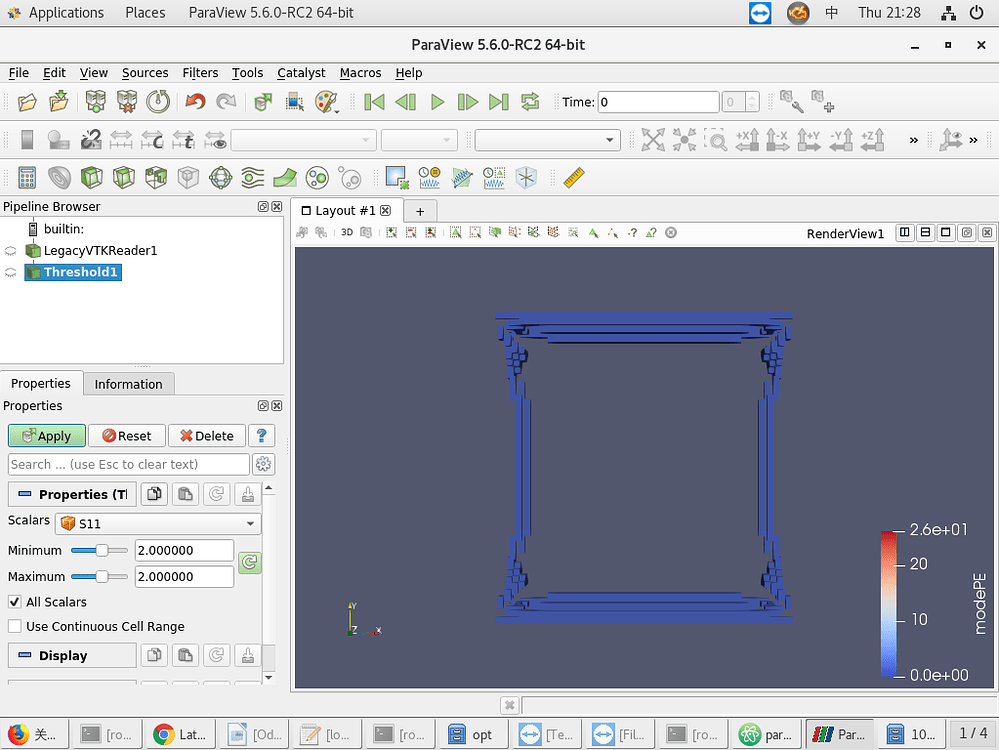


Test your script by renaming the case directory to ensure all the absolute paths have been removed.For example /OpenFOAM-4.1/cases/cylinder/run01/cyl_pressure.png to cyl_pressure.png.Ensure that all paths including output images are written to a valid relative path.Change absolute file paths to relative paths in the script.Make modifications and edits to this file as you see fit.Save this file as your template script, here we will use pv_paraview.py.If you didn’t select Show Incremental Trace earlier, ParaView should now spawn a text editor with the trace or Python script commands in place.Stop the trace recording by selecting Tools > Stop Trace.Here, we will produce streamlines and field contours of pressure and velocity magnitude.Remember that you must export images during the visualization steps where you want to have images generated, otherwise nothing will be saved when the script is run.Save screenshots by selecting File > Save Screenshot… and entering an appropriate filename.Perform all of the visualization and post processing steps you require.Select the cylinder.foam file created earlier in the OpenFOAM case directory.Open the solution with the Open File icon on the toolbar or from File > Open….Show Incremental Trace is also a good option to check to see what corresponding commands are generated from GUI inputs.Any level of Properties to Trace on Create should be sufficient, but either any *modified* properties or any *user-modified* properties result in a much more readable and easily edited script.From the file menu select Tools > Start Trace.Launch ParaView either locally or via a Rescale Desktop.Create a template ParaView Python “trace” by recording commands from the GUI.However, this moniker will be embedded in the script and must always correspond with the. 0.foam, bike_Re1e6.foam, airfoil_alpha10.foam, etc).
PARAVIEW PYTHON SCRIPTING TUTORIAL FREE
Note that the ParaView Pipeline object for this solution will be identified by this name, so feel free to use any type of descriptive moniker (i.e.

We will use an empty file named cylinder.foam by executing the following command in the OpenFOAM case directory:.A file with this extension allows ParaView to identify the solution file format and directory structure of the case as an OpenFOAM one (use.First, ensure that you have a OpenFOAM case directory with the mesh ( constant/polyMesh) and at least one solution set (time-step/iteration).Here, we will briefly discuss the steps required to build a ParaView “trace” as a template script. You can then modify and generalize the script as you see fit. You can develop one from scratch, but if you are unfamiliar with the ParaView Python based scripting language, you can start from a working “trace” of a procedure developed in the GUI. In order to utilize ParaView in batch, you will first have to develop a Python script to perform all the necessary ParaView visualization operations.


 0 kommentar(er)
0 kommentar(er)
